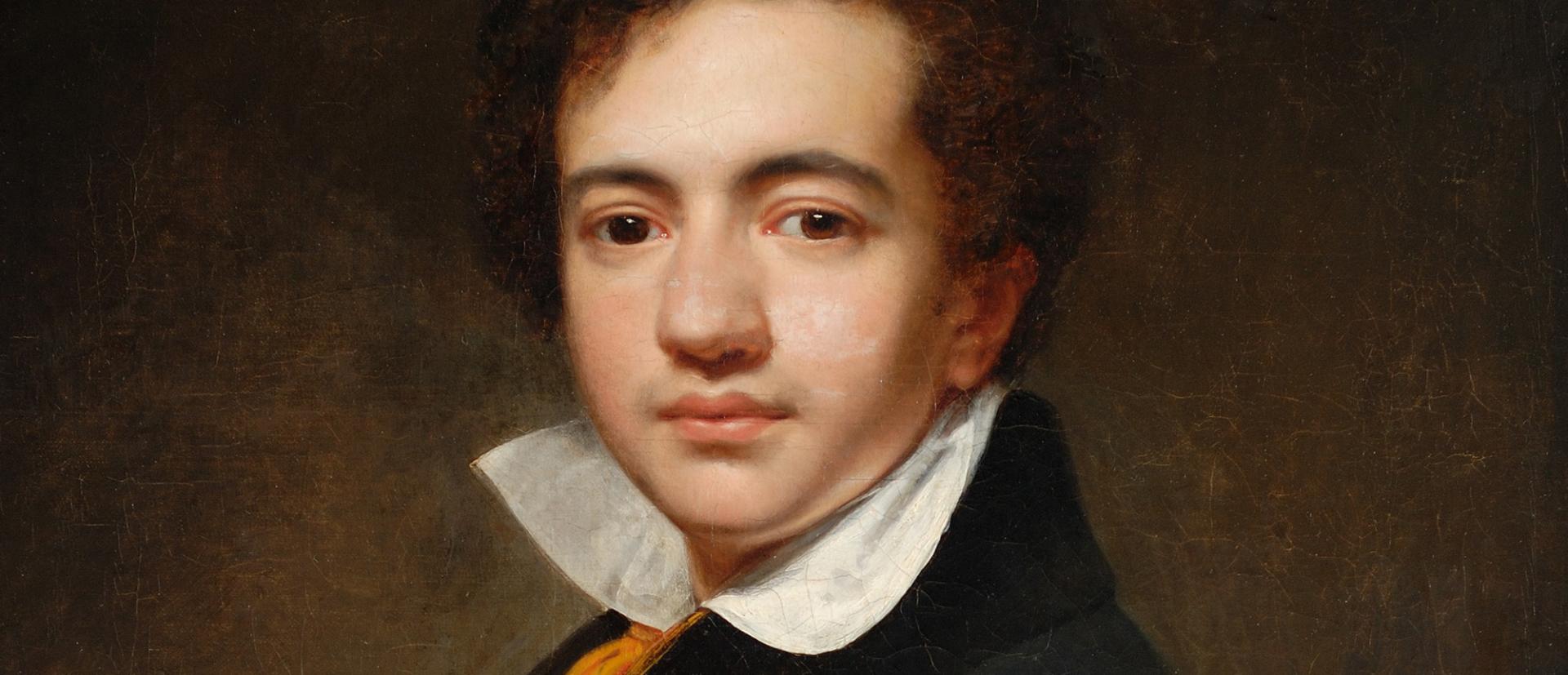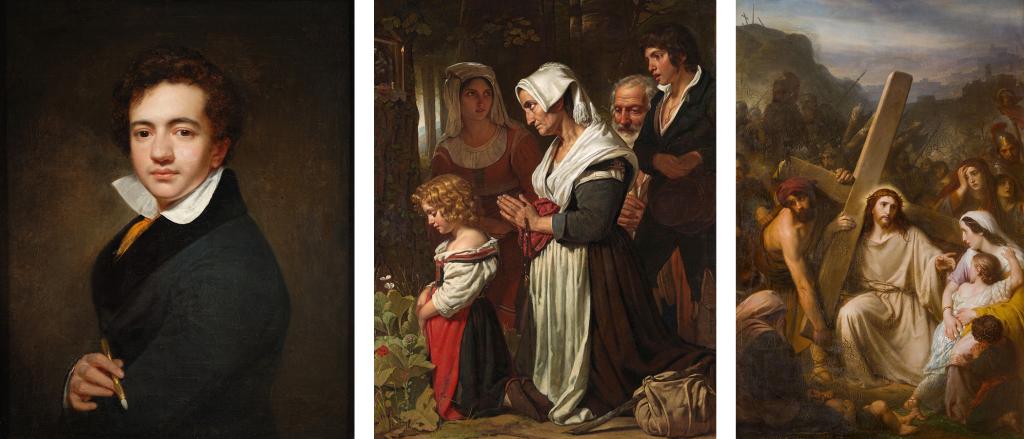RKD podcast: Cornelis Kruseman

The third podcast of the RKD in collaboration with Caspar Stalenhoef is now available (in Dutch) on Spotify and Apple Podcasts among other podcast apps. In this episode, Caspar talks with RKD-curator Eva Geudeker about her doctoral research on the life and work of Amsterdam-born painter Cornelis Kruseman (1797-1857).
A driven artist
Cornelis Kruseman is an extremely driven artist, determined to find his own way. Painting portraits and genre pieces provides him with a steady source of income from an early age, but his ambition is to become a history painter. In 1821, he is one of the few Dutch artists who, at their own expense, travel to Rome, where he would stay for 3.5 years. He adopts the more international neo-classical style of painting, which characterises his entire subsequent oeuvre. During his travels he writes letters to his family and takes notes, a selection of which is published upon his return to the Netherlands. This establishes him as an artist who has seen something of the world.
Closer to the fire
Back in Amsterdam, he immediately starts seeking the limelight by being the first Dutch artist to arrange a solo exhibition. In addition, the artist exhibits work at the Haarlem exhibition of Living Masters. However, the lack of interesting commissions prompts Kruseman to move to The Hague; whatever it takes to get onto the radar of better commissioners. Having settled in, he writes to his good friend and sculptor Louis Royer: ‘[...] here in the Residence I am located at a much better office, much closer to the fire and I warm myself properly, i.e., here I have every opportunity to form connections with members of the highest echelons.’

2. Cornelis Kruseman, Godliness, 1823, 153 × 122.5 cm, Rijksmuseum Amsterdam
3. Cornelis Kruseman, Bearing of the Cross, 1851, 300 x 198 cm, Cornelis Kruseman - J.M.C. Ising Foundation, on loan from Museum Catharijneconvent, Utrecht
Life in a podcast
In the podcast, Eva talks about her research into the life of Kruseman and how she has managed to learn about the artist and his ambitions by reading his letters, the one to Royer among them. His entire life, Kruseman has one objective clearly in sight. Because of his strong character, hard work and faith in himself he reaches his goal. Kruseman becomes one of the best-paid artists of his time, and his portraits, Biblical scenes and Italian genre pieces are highly appreciated at court and by collectors in his own country as well as abroad. Eva recounts how Kruseman exhibits his most prestigious paintings, such as Kruisdraging (Bearing of the Cross), to the public before taking them to his commissioner, Jan Elias Huydecoper. The painter is continuously focused on further mapping out his career.
Cornelis Kruseman - J.M.C. Ising Foundation
These days Kruseman’s work can be seen in several Dutch museums, among which the Rijksmuseum. The biggest collection of his works is owned by the Cornelis Kruseman - J.M.C. Ising Foundation. This foundation was established in 1996 by Jozina Maria Cornelia Ising (1899-1996), a descendant of Cornelis Kruseman’s older brother. Its aim is to increase the awareness of Kruseman and his work and it supports among other things Eva Geudeker’s doctoral research. The collection can be viewed by appointment at de Lange Vijverberg 16 in The Hague.